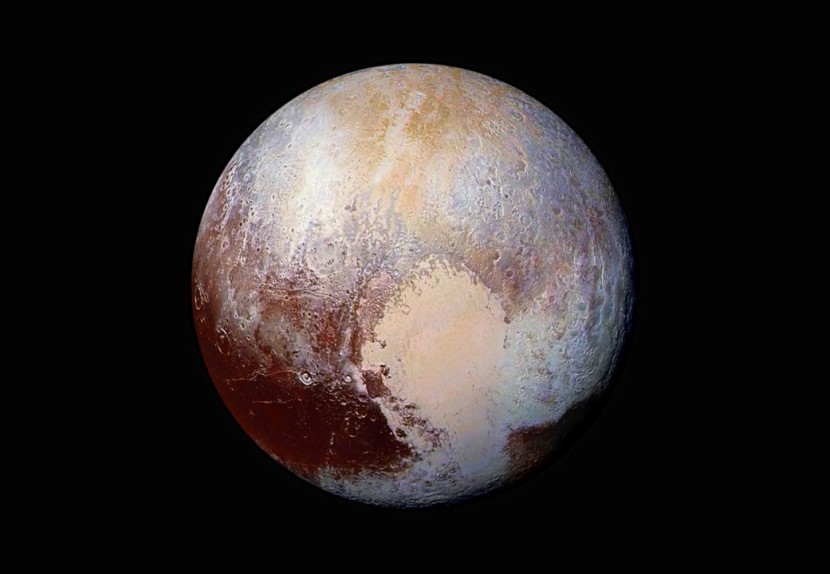
On the 14th of July 2015, a small spacecraft was the first to traverse Pluto and explore the Kuiper Belt's icy objects.
The gathered information of NASA's New Horizons mission encounter may revise the popular dwarf planet's story of origin, and alter our grasp of the early history of Pluto.
New discovery gives insights on Pluto's origin
Astronomers have been confident long before that Pluto started off in the Kuiper Belt as an icy, cold rock. However, the new discovery claims that the dwarf planet may have started off hot, and had a subsurface ocean during the time it was formed.
On Monday, a study was published in the journal Nature Geoscience stating that there could be an increase in the chances of potential habitability for distant, icy objects in the Kuiper Belt and that Pluto could have been habitable at some stage in its early history.
Pluto has been known for its notorious past. In August 2006, the cold world was eliminated from the Solar System's budding planet. It was downgraded to a dwarf planet that is seen in the Kuiper Belt, the doughnut-shaped ring of icy objects located in the outer Solar System.
The decision of demoting Pluto remains controversial even more than a decade later. Jim Bridenstine, a NASA Administrator, said Pluto is still a planet in his books, which gave excitement to Pluto fans.
Whether or not Pluto is a full-grown planet, it was agreed by astronomers that in all probability it formed an ice sphere and that the liquid ocean that runs beneath Pluto's icy shell may have developed due to the ice warming from radioactive decay.
Oceans on Pluto?
The New Horizons' captured images of the surface of Pluto unfold its geology in detail and points out that the dwarf planet indeed started off hot with a liquid ocean, Inverse reported.
If Pluto had a cold start, the ice would have fused internally causing water to shrink when it melts. Therefore, the dwarf planet would have shrunk and an indication of that compression process would have been found on the planet's surface. On the contrary, if Pluto had a hot start, then the water would have been frozen over time, with features of expansion seen on its surface.
As stated by Carver Bierson, the lead author of the new study and graduate student at the University of California, Santa Cruz, they have witnessed several pieces of evidence of expansion but have not seen proofs of compression, making their observations more consistent with Pluto starting with a liquid ocean.
In addition, the study claims that it took about 30,000 years for Pluto to form and weathered a number of impacts that may have heated the dwarf planet's surface, making it hot enough for oceans to form.
Today, Pluto is a freezing cold world with a surface temperature of around 45 Kelvin, or -380 degrees Fahrenheit.
However, the study suggests that during the ancient history of the popular dwarf planet, it has greater chances of being habitable.
Therefore, the researchers' team behind the new study claims that other, comparable icy objects seen in the Kuiper Belt may have also started off warm with probable oceans flowing on their surfaces regardless of previously excluding them from having the possibility of habitable past.
Related article:Earth Not Alone? 30 Alien Civilizations Might Exist in the Milky Way Galaxy








